This is a schematic diagram of the organic thin-film solar cell element (Source: Institute of Physical Chemistry) This is a project of the Japan Strategic and Creative Research Promotion Project of the Japan Science and Technology Agency (JST). It is the result of a joint study with Hokuriku Advanced Science and Technology Graduate School and the High Bright Light Science Research Center. Organic semiconductor thin-film solar cells are formed by coating semi-conductor polymers (polymers) on plastic and metal thin substrates, which are not only flexible, light-weight, flexible, but also easy to reduce manufacturing costs and have less restrictions on size. . At present, crystalline silicon solar cells, which are widely used in, for example, one million photovoltaic power plants, employ a structure in which a thin crystalline silicon semiconductor is attached to a glass substrate, and problems such as hard and heavy, limited installation locations, and lack of flexibility in dimensions are employed. However, the energy conversion efficiency of organic thin-film solar cells is only about half that of crystalline silicon solar cells, which is a problem that hinders practical application. The current conversion efficiency target value is 10%, and the research team of Ricoh Research achieved this figure. In order to achieve a 10% conversion efficiency of the organic thin-film solar cell, improvements have been made to the construction of the semiconductor polymer and the resulting power generation layers and elements. The power generation layer formed by mixing a semiconducting polymer that transports positive charges (holes) and a fullerene derivative that transports negative charges (electrons) is thickened. The thickness increased from about 150 nm to 300 nm (n: 1 nm = 1/100 million m), resulting in an increase in current density, thereby increasing the conversion efficiency from about 6% to 8.5%. In addition, the conversion efficiency is improved to 10% by adopting the “inverse structural element†in which the anode and the cathode of the element are swapped. If the thickness of the power generation layer of the solar cell increases, the absorption of light increases, and the amount of generated charge also increases. However, since the hole mobility of the semiconductor polymer is lower than that of silicon or the like, the hole recombines with the electron before reaching the electrode, and it is difficult to form a current, so the conversion efficiency is low. Therefore, high crystal mobility and high hole mobility are used this time, and even if the power generation layer is thickened, holes can reach the semiconducting polymer of the electrode, and the problem can be solved. When the structure of the power generation layer of the organic thin-film solar cell was analyzed by the large synchrotron radiation facility “SPring-8â€, it was found that the molecular orientation of the semiconducting polymer was different in the vicinity of the upper and lower electrodes of the element, and the flowability of the charge was in the element. The vertical direction is also different. In addition, in order to facilitate the flow of charges generated by light absorption, this time element has an anode and a cathode, and contributes to improvement of the conversion efficiency. In the future, in order to realize the practical target value of 15%, the structure of materials and components will be studied and developed. Our company specializes in providing
commercial rubber sheets to consumers across the continent. Our inventory of
sheet rubber consists of various different types of Elastoplast. Each of these
rubber products is meant for different types of uses. Some of them, like a
natural gum Rubber Sheet, are great for use as general sealing materials. Others,
such as a silicone sheet rubber rolls, are meant for specific applications
involving very high or very low temperatures. 1.With
careful compounding,has really good tensile strength.
2.Low
permeability to air and other gases.
3.Excellent
resistance to ozone, oxidation and sunlight.
4.Excellent
temperature range of -45°C to +130°C for normal compounds and even better with
special
formulations.
5.Low
resilience,ideal for vibration damping and shock absorption applications.
6.Moderate
resistance to abrasion and compression set.
7.Highly
resistant to mineral acids, alkaline and aqueous acids.
Industrial Rubber Sheet,Rubber Sheet,Industrial Rubber Foam Sheet,Waterproof Rubber Sheet Renqiu Xingcheng Rubber Products Co., Ltd. , https://www.xingchengrubber.com
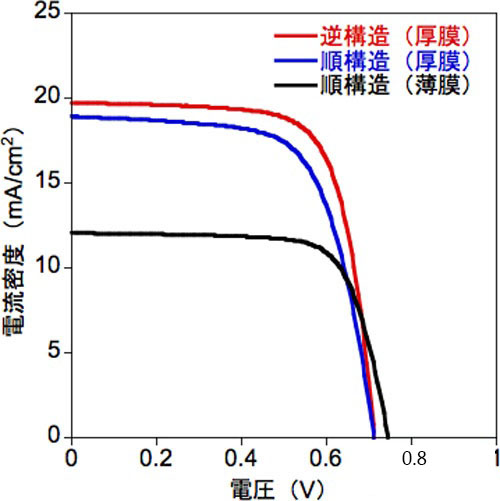
"Inverse structure element" using anode and cathode swap (Source: Institute of Physical Chemistry)
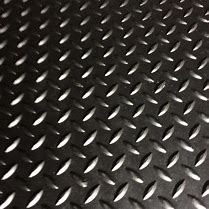
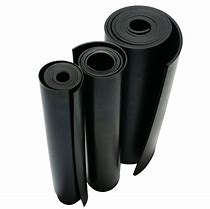
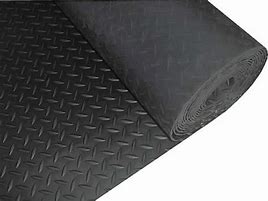

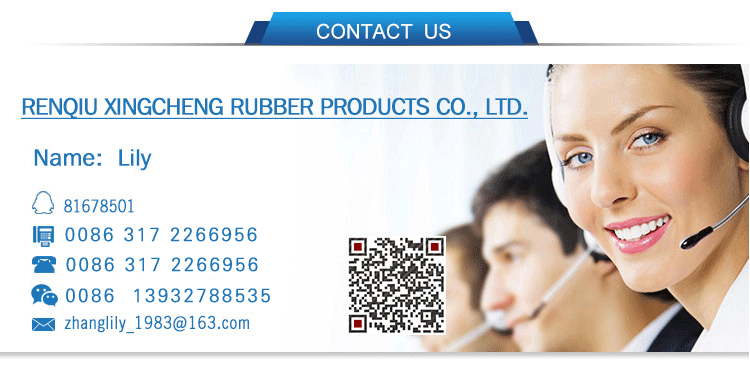
Coated and manufactured organic thin-film solar cells, etc. achieve 10% transfer